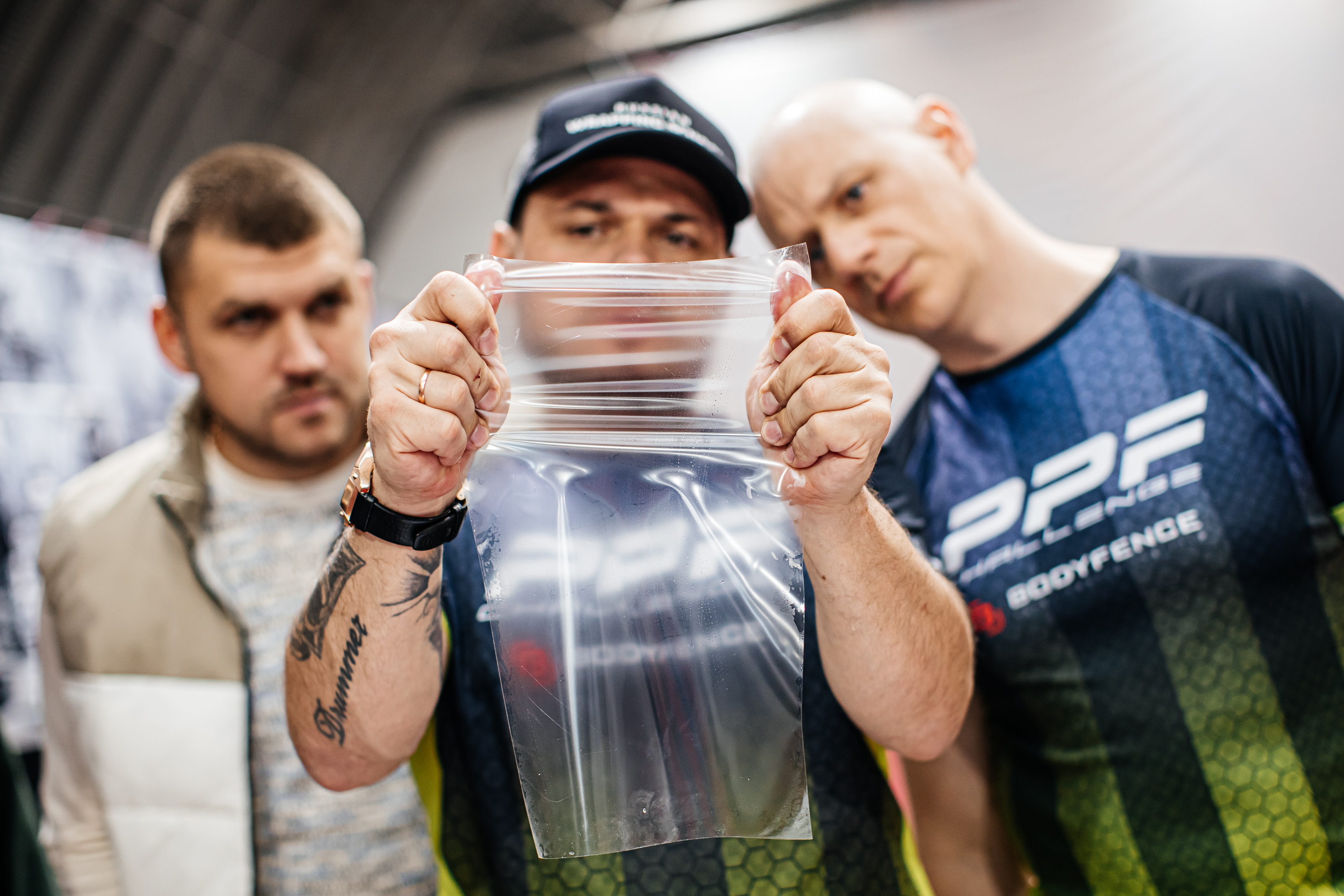
04.01.2022
Features of self-healing film
Different types of film are used for pasting the car. For example, PVC is a simple and affordable option. A material such as polyurethane has the ability to recover. It is a synthetic polymer with a thickness of 150-200 microns. It is able to absorb and absorb shocks.
The top layer has a "memory effect". Therefore, after mechanical action, the film regenerates independently and is restored to its original state. This is due to a slight heating or exposure to ultraviolet light.
You can speed up the process. To do this, it is enough to pour hot water on the film and wipe it dry. Minor damage, such as scratches from brushes, will disappear. It's all about the effect of a hot liquid - the material under it becomes larger and "straightens up", as it were. Just do not do this in winter or at low temperatures.
The ability to recover is due to the special composition of polyurethane. It is similar to rubber and due to this it has viscosity and elasticity. The film is thin and visually it is not visible on the car. Therefore, services prefer to buy a template for a car salon and offer customers pasting services, as it is in demand.
The ability to recover allows you to repel dirt and water. Therefore, you can not be afraid that reagents and moisture will spoil the coating of the machine. The material can be washed at the same time, including in a car wash.
Self-healing film is also used in other areas. For example, to protect the screen of a smartphone or tablet. In addition to polyurethane, hydrogel has similar properties.
The film has only one drawback — the cost. But in the future, these expenses will pay off several times. Painting the car will still cost more.

